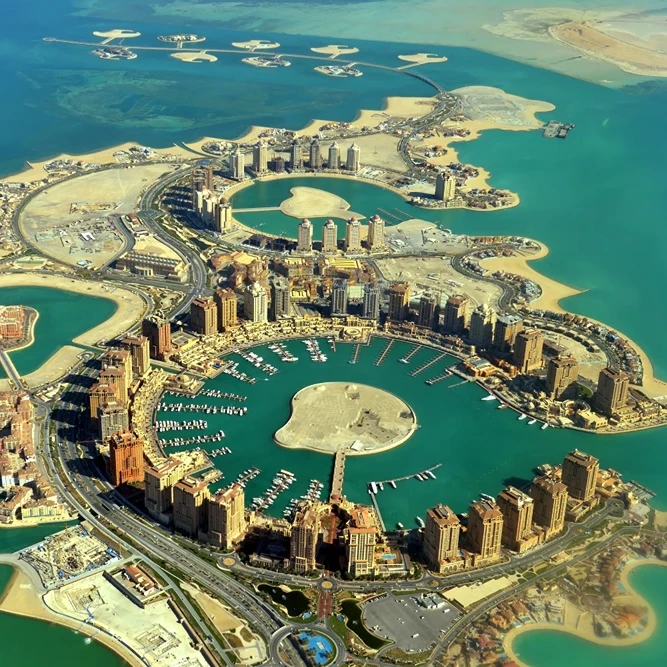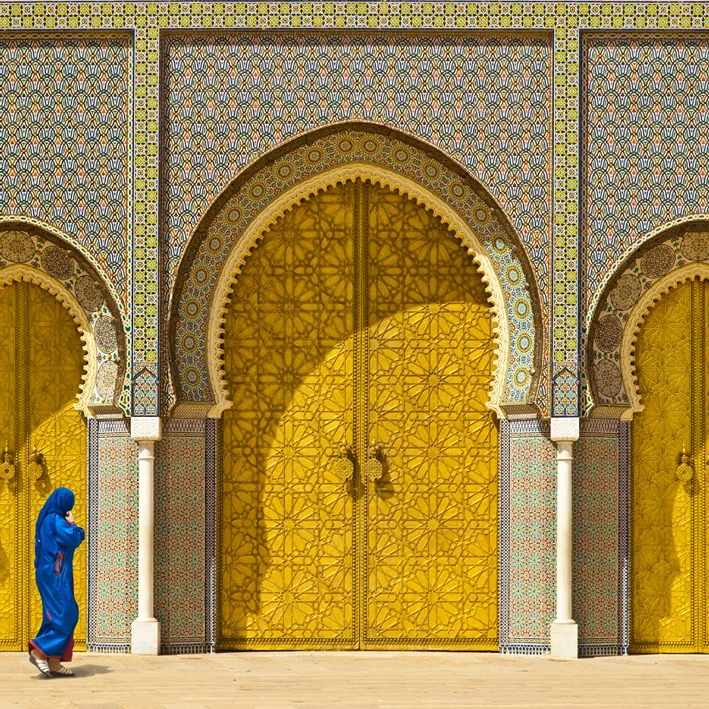When is the best time to explore Italy, a nation famed for its history and allure? This isn’t just a matter of preference; it’s a strategic decision that can shape your travel experience. Italy’s climate and cultural offerings shift dramatically with the seasons, impacting everything from crowd sizes to festival availability. Whether you’re captivated by spring’s vibrant bloom or fall’s cultural festivities, timing can enhance your journey. Unearthing the perfect season for your Italian sojourn begins with understanding these pivotal seasonal dynamics. Dive into a detailed guide that helps perfect your next Italian adventure.
Table of Contents
ToggleBest Time to Travel to Italy: A Seasonal Guide
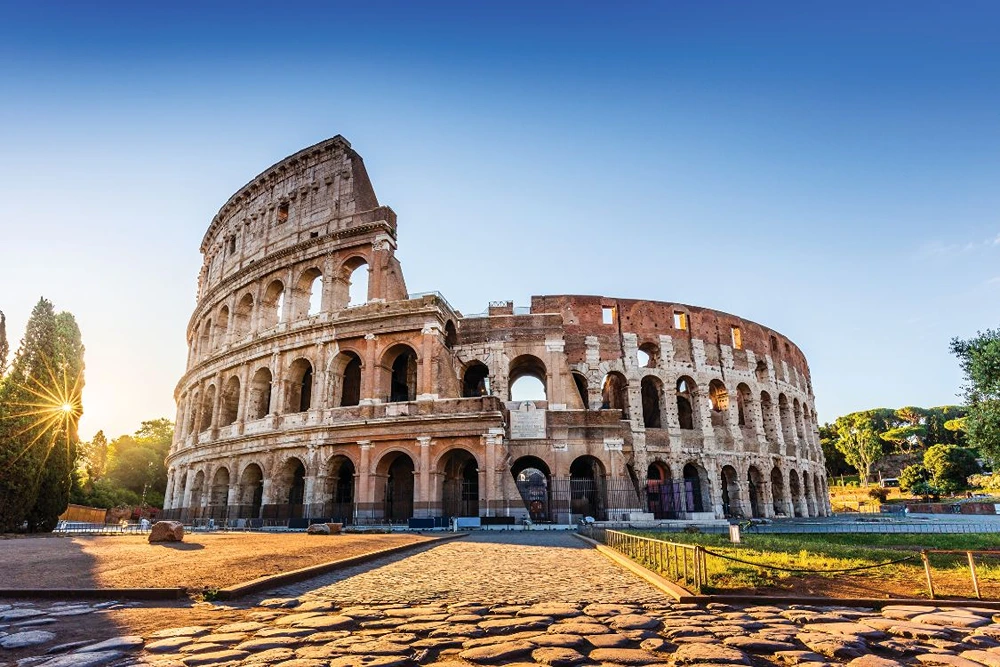
Spring and fall emerge as the optimal seasons for those contemplating the best time to travel to Italy. The months from April to June offer a perfect mix of mild weather and blossoming landscapes, making it an ideal period for exploring the Italian countryside. During this time, tourist numbers are generally lower compared to the summer peak, allowing for a more relaxed experience. However, travelers should be aware that Easter, which sometimes falls within this window, can lead to an increase in visitors, particularly in religious and cultural sites.
Fall, specifically from September to October, presents another excellent opportunity for visiting Italy. This season is characterized by a series of cultural events, including wine, olive oil, and truffle festivals that provide a deeper insight into Italian traditions. The weather during fall remains moderate, offering comfortable conditions for sightseeing. Nonetheless, early September can still witness the tail end of the summer crowds, which might affect the tranquility of certain destinations.
| Season | Advantages | Disadvantages |
|---|---|---|
| Spring | Weather is pleasant, countryside in bloom | Easter can increase crowds. |
| Summer | Warm weather for beach visits | High tourist numbers, expensive. |
| Fall | Cultural festivals, moderate weather | Early September still busy. |
| Winter | Fewer tourists, winter sports | Some attractions close. |
Italy Weather and Its Impact on Travel Plans
Italy’s diverse climate significantly shapes travel plans, with each region offering unique weather conditions. Generally, the country experiences a Mediterranean climate, characterized by hot, dry summers and mild, wet winters. These patterns influence tourist activities and preferences, with travelers often seeking cooler regions during the peak of summer and warmer areas during the winter months. The north of Italy, including cities like Milan and the Dolomites, provides cooler temperatures, making it ideal for winter sports enthusiasts. In contrast, southern cities such as Rome and Naples can experience soaring temperatures above 100 degrees during the summer, which can impact outdoor sightseeing and necessitate alternative plans.
Regional differences are crucial when planning travel itineraries in Italy. The northern region, known for its mountainous landscapes, becomes a hub for skiing and snowboarding during winter, drawing in sports lovers from around the world. Meanwhile, coastal areas maintain a mild climate throughout the winter, making them an appealing destination for those looking to escape harsher weather conditions. However, travelers should be mindful of the high summer temperatures in southern cities, which can lead to heat-related discomfort if not properly planned for.
- Key weather influences on travel:
- High summer temperatures in southern cities.
- Snow sports opportunities in northern Italy.
- Mild climate in coastal areas during winter.
Southern Italy Weather
In southern Italy, summer heat significantly impacts travel experiences, often deterring visitors from exploring during the peak afternoon hours. Travelers sensitive to high temperatures might find sightseeing challenging and should consider visiting during the cooler spring or fall months. These seasons offer a more comfortable climate for exploring historical sites and enjoying outdoor activities without the extreme temperatures that characterize the summer months.
Navigating Tourist Crowds in Italy
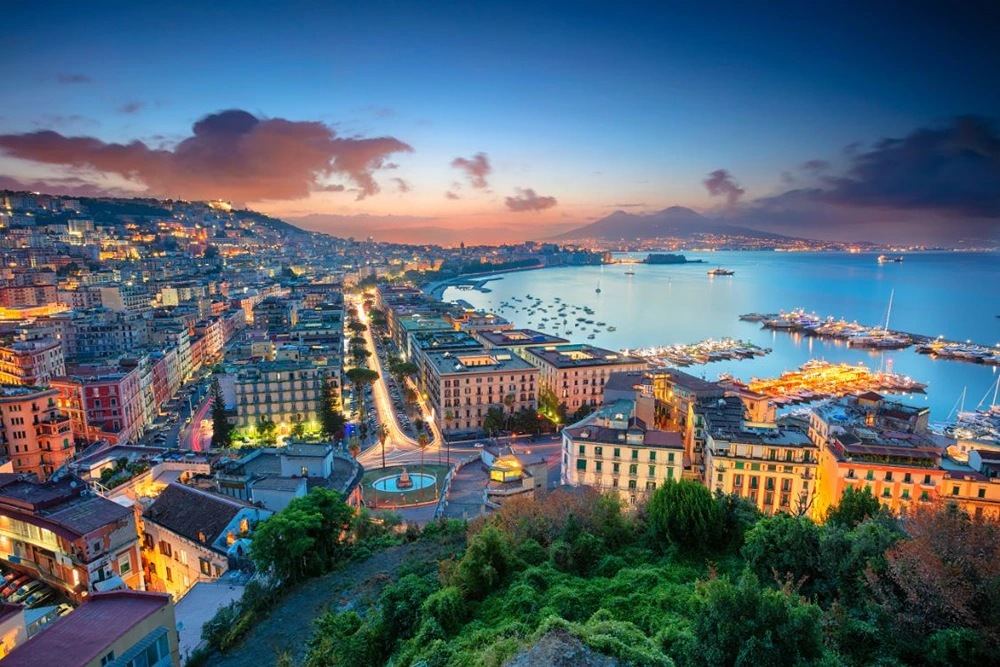
The high tourist season in Italy, spanning from May to September, can significantly impact travel experiences due to the influx of visitors. July and August mark the peak of this period, where popular destinations such as the Vatican and Pompeii may be overwhelmed with tourists. This surge in visitors often results in long lines, crowded attractions, and increased accommodation prices, which can detract from the overall enjoyment of the trip. Consequently, travelers planning to visit during these months should consider advanced planning to secure accommodations and tickets to major attractions, ensuring a smoother experience.
Opting for off-peak travel times, such as late fall and winter, can provide a more relaxed and enjoyable visit. These periods offer quieter experiences, allowing travelers to explore Italy’s rich cultural heritage without the distractions of large crowds. Visiting during the off-peak season not only enhances the enjoyment of popular sites but also provides opportunities to discover lesser-known destinations and enjoy more affordable travel arrangements.
Strategies for avoiding crowds:
- Visit popular sites early in the morning or late afternoon.
- Explore less crowded alternatives like smaller towns and villages.
- Utilize guided tours that provide quicker access to attractions.
- Book attractions in advance to skip long lines.
Exploring Italy’s Festive Calendar
What is the significance of festivals in Italian travel experiences? Festivals in Italy are vital to understanding and experiencing the rich cultural tapestry that defines the country. These events not only showcase regional traditions and local cuisines but also offer travelers a unique opportunity to immerse themselves in authentic Italian life. Travelers often plan their itineraries around these vibrant festivities to gain deeper insights into Italy’s heritage and community spirit.
Which major events attract tourists throughout the year? Several key festivals draw significant tourist attention annually. The Venice Carnival in February is renowned for its elaborate masks and opulent balls, providing a lively atmosphere that captivates visitors. During the fall, wine and truffle festivals highlight Italy’s culinary excellence, particularly in regions famous for their vineyards and truffle-rich terrains. December’s Christmas markets transform cities into winter wonderlands, offering festive goods and local delicacies. Milan Fashion
Week in September attracts fashion enthusiasts worldwide, showcasing Italy’s influence in the global fashion arena.
- Notable Italian festivals:
- Venice Carnival in February.
- Wine and truffle festivals in fall.
- Christmas markets in December.
- Milan Fashion Week in September.
Best Travel Tips for Italy’s Peak and Off-Peak Seasons

What are the challenges of peak travel seasons in Italy? During peak travel times, particularly in summer, Italy experiences larger crowds and higher prices. This period can be overwhelming for those unprepared for the influx of tourists. Hotel rooms and flights tend to be more expensive and harder to come by, necessitating advanced bookings. The dense crowds at popular attractions can detract from the experience, often leading to long waits and less enjoyment of Italy’s cultural treasures.
What advantages do off-peak seasons offer? Off-peak seasons, such as late fall and winter, present a more budget-friendly way to explore Italy. With fewer tourists, travelers can enjoy a more authentic experience, engaging with local culture without the hustle of large crowds. Prices for accommodations and flights are generally lower, allowing for a more relaxed and intimate exploration of Italy’s cities and countryside. This period is ideal for those seeking tranquility and a deeper connection with the Italian way of life.
Tips for travel planning:
- Book accommodations and flights well in advance for peak seasons.
- Consider budget accommodations or alternative destinations in off-peak times.
- Explore luxury travel options with fewer crowds in off-peak seasons.
- Use Xpat Journeys for insights and personalized travel plans.
Month-by-Month Travel Insights for Italy
January-February: Are January and February ideal for budget-conscious travelers? Yes, these months offer budget-friendly travel opportunities with significantly fewer tourists. Post-New Year, Italy experiences a lull in tourism, providing a calmer atmosphere. Accommodations and flights are more affordable, and major attractions have shorter lines, making these months perfect for those looking to explore Italy without the hustle and bustle of peak seasons.
March-April: What are the benefits of visiting Italy during March and April? March and April represent the shoulder season with pleasant weather and manageable crowds. The countryside begins to bloom, offering picturesque landscapes. However, Easter celebrations can lead to increased visitors in religious and cultural sites, so planning around this holiday is advisable to avoid unexpected crowds.
May-June: How does the tourist scene change in May and June? May and June mark the transition into high season, with a noticeable rise in tourist numbers. While May offers relatively moderate crowds, June sees a significant increase, along with higher accommodation and travel costs. Travelers should prepare for busier attractions and consider booking in advance to secure the best options.
July-August: Why are July and August considered peak tourist season? July and August are the height of the peak season in Italy, characterized by crowded attractions and high travel costs. Popular sites like the Vatican and coastal areas experience a surge in visitors, leading to lengthy queues and premium pricing. Travelers visiting during these months should plan meticulously and expect a lively atmosphere.
September-October: What makes September and October appealing for travel? September and October provide a delightful blend of cultural festivals and moderate weather. The summer crowds start to dwindle, allowing for a more relaxed exploration of Italy’s cultural offerings, including wine, olive oil, and truffle festivals. This period is ideal for those seeking to experience Italy’s vibrant traditions in comfortable weather conditions.
November-December: Are there unique experiences available in November and December? Yes, these months offer winter sports opportunities in northern Italy and festive holiday markets in cities like Florence and Rome. While some attractions may close, the holiday season transforms Italy into a winter wonderland, with festive lights and seasonal treats enhancing the travel experience.
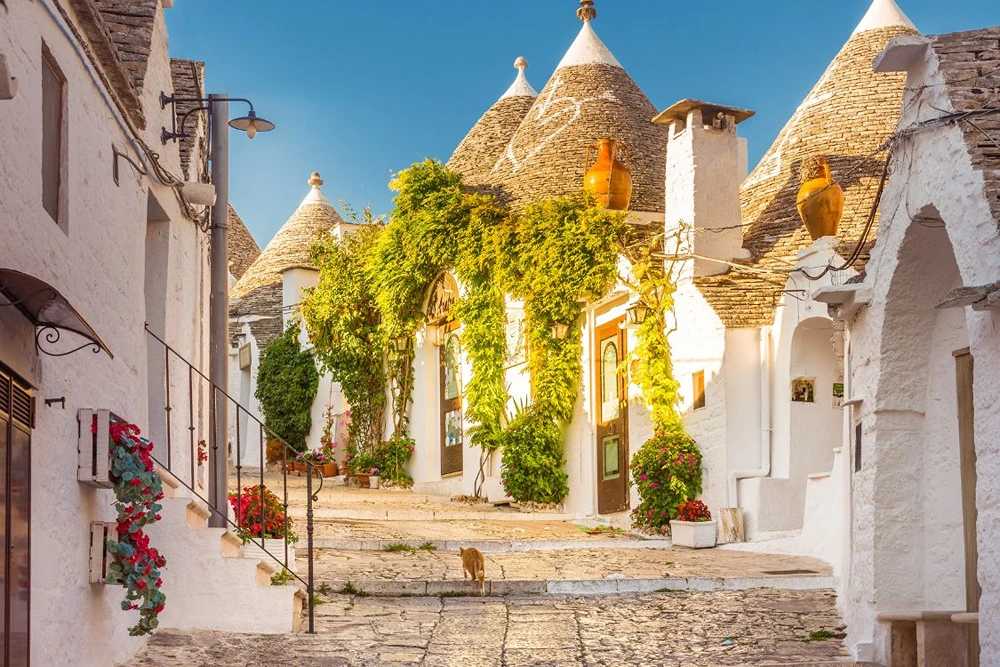
Final Words
Exploring Italy requires careful consideration of seasonal variations to optimize travel experiences. Spring and fall offer the best time to travel to Italy, balancing pleasant weather and manageable tourist numbers. Each season presents distinct advantages and challenges, such as cultural festivals in fall and countryside blooms in spring.
Understanding regional climate differences can significantly enhance travel plans. Adapting schedules to avoid peak tourist seasons allows for a more relaxed itinerary. Embracing Italy’s cultural events also enriches the overall experience. By planning effectively, travelers can truly immerse themselves in Italy’s diverse landscapes and vibrant culture.
FAQ
Best time to travel to Italy from USA
A: The best time to travel to Italy from the USA is spring (April-June) and fall (September-October), offering pleasant weather and manageable crowds, ideal for sightseeing and cultural events.
Best time to travel to Italy cheap
A: To travel to Italy cheaply, consider visiting during the winter months (January and February), as they are off-peak with lower flight and accommodation costs, excluding the Christmas holiday period.
Best time to travel to Italy Reddit
A: On Reddit, users often recommend visiting Italy in late spring or early fall. The weather is favorable, and the crowds are smaller compared to the peak summer months.
Best time to visit Italy to avoid crowds
A: Visiting Italy in late fall (November) and winter (excluding Christmas) provides quieter experiences as tourist numbers are lower, offering more relaxed opportunities at attractions.
Best time to go to Italy and Greece
A: For both Italy and Greece, late spring (May) and early fall (September) offer ideal weather and lower tourist crowds, creating a more enjoyable and less crowded experience.
Best time to visit Italy beaches
A: The best time to visit Italy’s beaches is late spring (May) and early fall (September), when temperatures are warm and the beaches are less crowded than during the summer.
Is March a good time to visit Italy?
A: March is a good time to visit Italy. The weather improves, crowds are smaller, and prices are generally lower, though Easter can increase tourist numbers in some areas.
Best time to visit Amalfi Coast
A: The best time to visit the Amalfi Coast is May and September. The weather is warm for enjoying the coast, and tourist crowds and costs are more manageable.
What are the best months to go to Italy?
A: The best months to visit Italy are April, May, September, and October. These months provide pleasant weather and fewer tourists, enhancing the travel experience.
What is the cheapest month to go to Italy?
A: The cheapest month to visit Italy is typically January. Flights and accommodations are less expensive due to the off-peak season, except over New Year’s.
What month does Italy shut down for vacation?
A: Many Italians take vacation in August, which can lead to some businesses shutting down, particularly in smaller towns or non-tourist areas.
What month has the least tourists in Italy?
A: Italy sees the fewest tourists in January and February, excluding Christmas and New Year’s periods, providing quieter attractions and lower travel costs.
Hazel Wall is a passionate traveler, writer, and explorer dedicated to sharing her experiences and insights with fellow adventurers. With a background in journalism and a deep love for discovering new cultures, Hazel has journeyed across continents, immersing herself in diverse landscapes and traditions.



